1. “Chips” – U.S. vs. U.K.

In the U.S., when someone mentions “chips,” they’re usually talking about the thin, crispy potato snack you find in a bag at the store. These are the familiar, salty treats that pair perfectly with a sandwich or are an essential part of a dip platter. But in the U.K., “chips” are what Americans would call “fries.” Crispy on the outside, soft on the inside, they’re a beloved side dish, often served with fish in the classic British “fish and chips” meal says Business Insider.
The difference might seem minor, but it can be confusing for travelers! If you’re in the U.K. and order “chips,” expect thick-cut, hot potatoes that might come with malt vinegar or mushy peas on the side. It’s a whole different experience than crunching on a bag of thin chips. So, if you want those crispy, bagged potato snacks in the U.K., you’ll want to ask for “crisps” instead says BBC.
2. “Biscuits” – U.S. vs. U.K.

In the U.S., “biscuits” are soft, flaky, buttery breads that you enjoy with gravy, fried chicken, or sometimes just a little jam. They’re light and fluffy and often served as a comforting breakfast or side dish at dinner. But in the U.K., biscuits are what Americans call “cookies.” They’re sweet, crunchy, and often dunked in tea, making them a perfect snack for any time of day shares Martha Stewart.
In fact, U.K. biscuits come in a huge range of varieties, from chocolate-coated ones to simple digestive biscuits. Imagine a whole other world of treats that fall under the same name! It’s one of those situations where the same word conjures up completely different ideas depending on where you are, making for some fun snack-related confusion explains the Sun.
3. “Pudding” – U.S. vs. U.K.
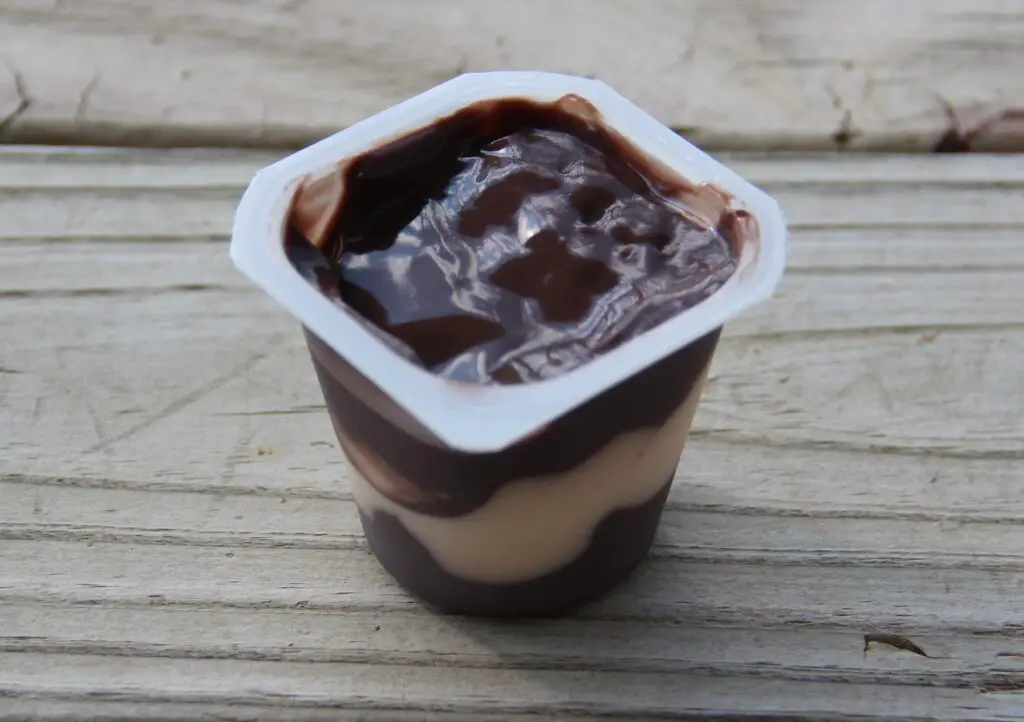
The term “pudding” in the U.S. often refers to a creamy, dessert-like dish, typically chocolate or vanilla, that’s served cold. Think of it as a custard that’s thickened and served in individual cups. But in the U.K., “pudding” is a more general term for dessert, not just the creamy treat. If you’re in England and you ask for pudding, you might be served anything from cake to custard or even fruit tarts.
What’s especially fun is that in the U.K., some savory dishes are also called “pudding,” such as “black pudding”—which is made with blood sausage. So, if you’re traveling, keep in mind that asking for pudding might land you with something entirely different than what you’re expecting.
4. “Jelly” – U.S. vs. U.K.
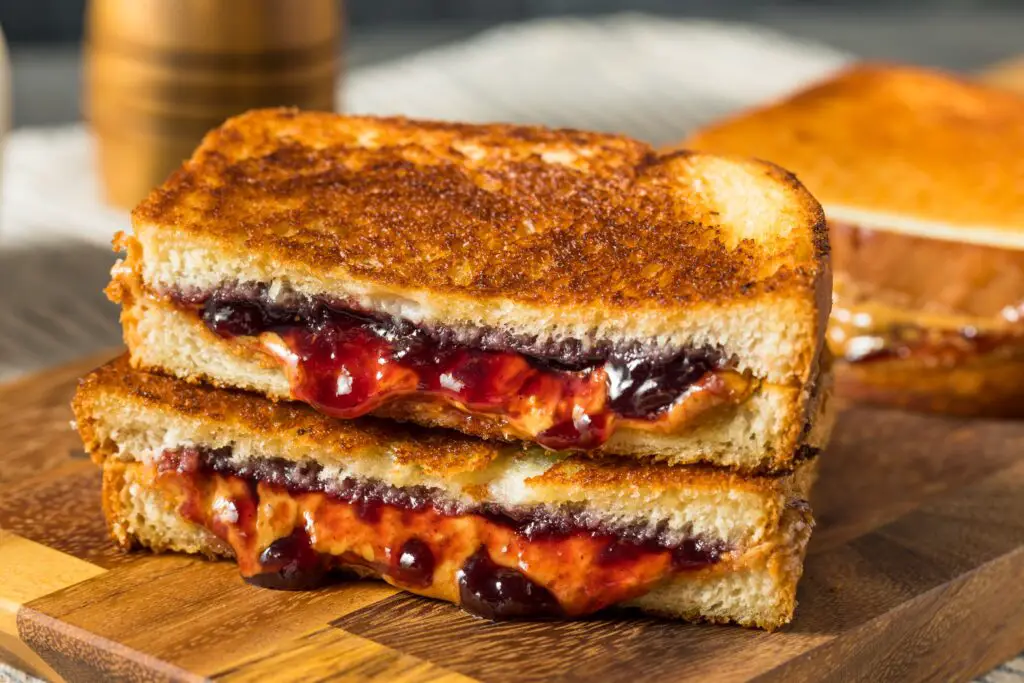
In the U.S., “jelly” refers to a sweet, fruit-based spread made by boiling fruit juice with sugar and pectin, often spread on toast. It’s smooth, sweet, and a breakfast staple. However, across the pond in the U.K., “jelly” refers to what Americans call “Jell-O”—that wobbly, gelatin-based dessert that’s often served in vibrant colors and used at parties.
It can be a bit of a head-scratcher if you’re not expecting it. So, if you’re in the U.S. and ask for “jelly” on your toast in the morning, you’ll likely get a jar of fruit spread, but in the U.K., you could be expecting a dessert instead. A small but hilarious difference that’s bound to confuse anyone unfamiliar with the switch.
5. “Crisps” – U.S. vs. U.K.
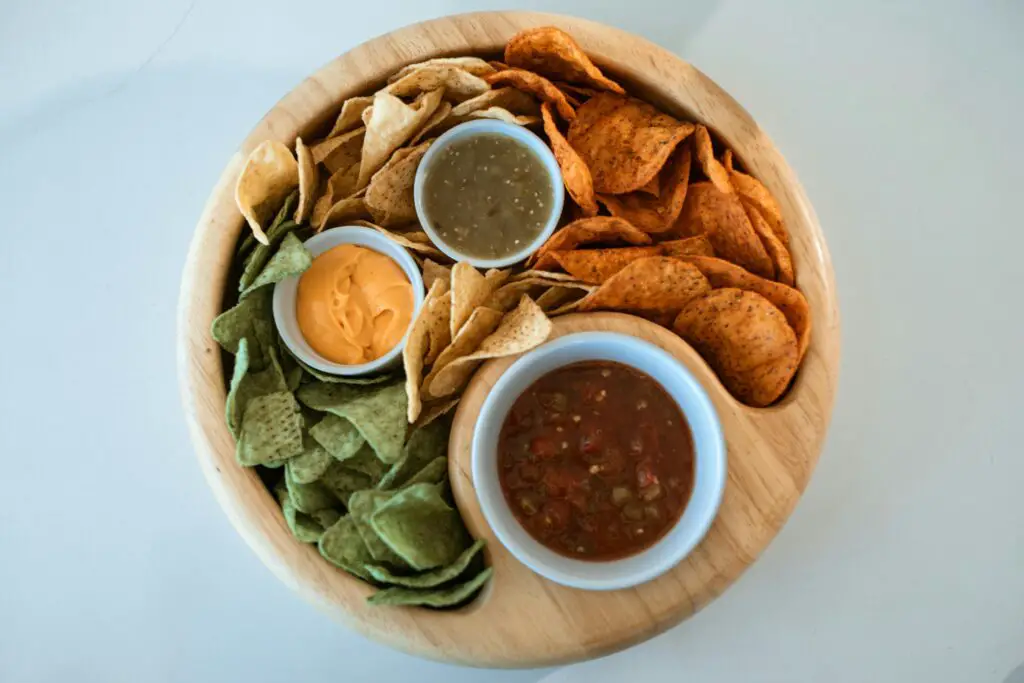
In the U.S., the word “crisps” might not even be in common use, as we simply refer to those thin potato snacks as “chips.” But in the U.K., “crisps” are those same crunchy, often salty, snack foods that Americans know well. These snacks come in various flavors, from classic salted to more exotic options like prawn cocktail or vinegar.
The funny part is that in the U.S., if you say “crisps,” people might think you’re talking about something like a rice cake or a baked potato chip. But in the U.K., there’s no confusion at all—they’ll know exactly what you’re talking about. If you’re traveling, just remember: crisps are what you snack on, while chips are what you dip.
6. “Tea” – U.S. vs. U.K.
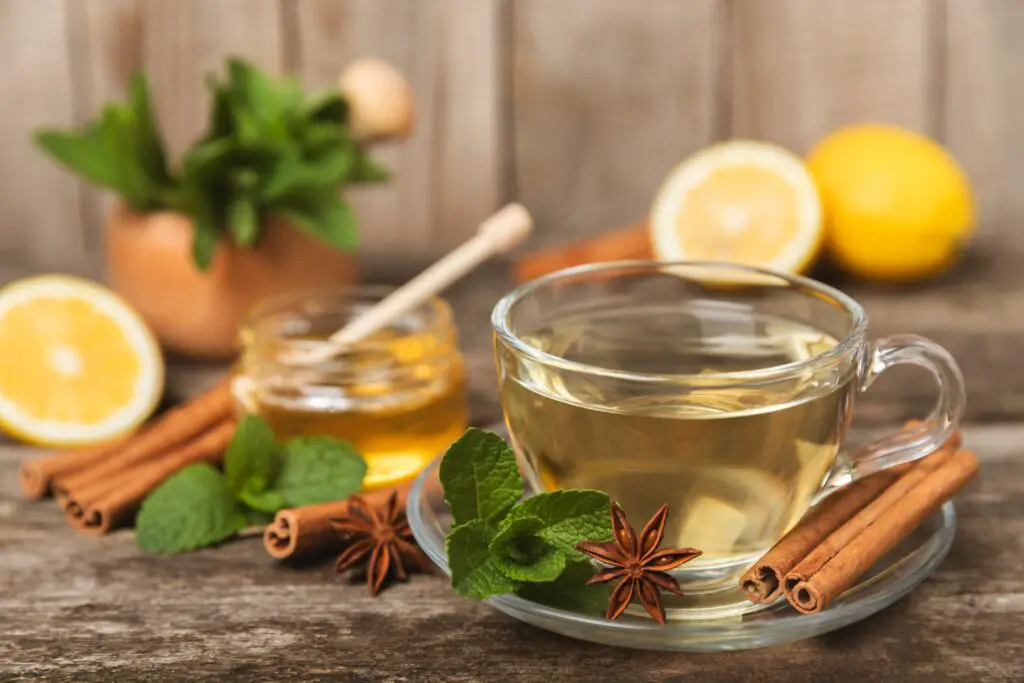
In the U.S., “tea” typically refers to the hot beverage made from steeped leaves, enjoyed throughout the day in many households. It’s something to sip while you catch up with a friend or unwind in the afternoon. But in the U.K., “tea” can refer to two things: the drink, of course, but also the evening meal. It’s a common term for dinner, especially in working-class communities.
So, when you’re in England and someone invites you to “have tea,” it’s always good to clarify whether they’re talking about the beverage or dinner! The term can sometimes be a bit confusing because tea could mean an actual meal or just a pot of your favorite hot beverage.
7. “Fanny” – U.S. vs. U.K.

In the U.S., “fanny” is a child-friendly term for the rear end. It’s a lighthearted way to refer to your buttocks, often used with kids. But in the U.K., “fanny” is a far more adult term—it’s slang for female genitalia. So, if you’re in the U.K. and someone uses this word casually, don’t be surprised if they’re not talking about the body part you were thinking of!
This is one of those moments when a word that seems completely innocent in one country might lead to some awkward moments in another. It’s a good reminder to always be cautious about language when traveling and to learn about these quirky differences.
8. “Lemonade” – U.S. vs. U.K.
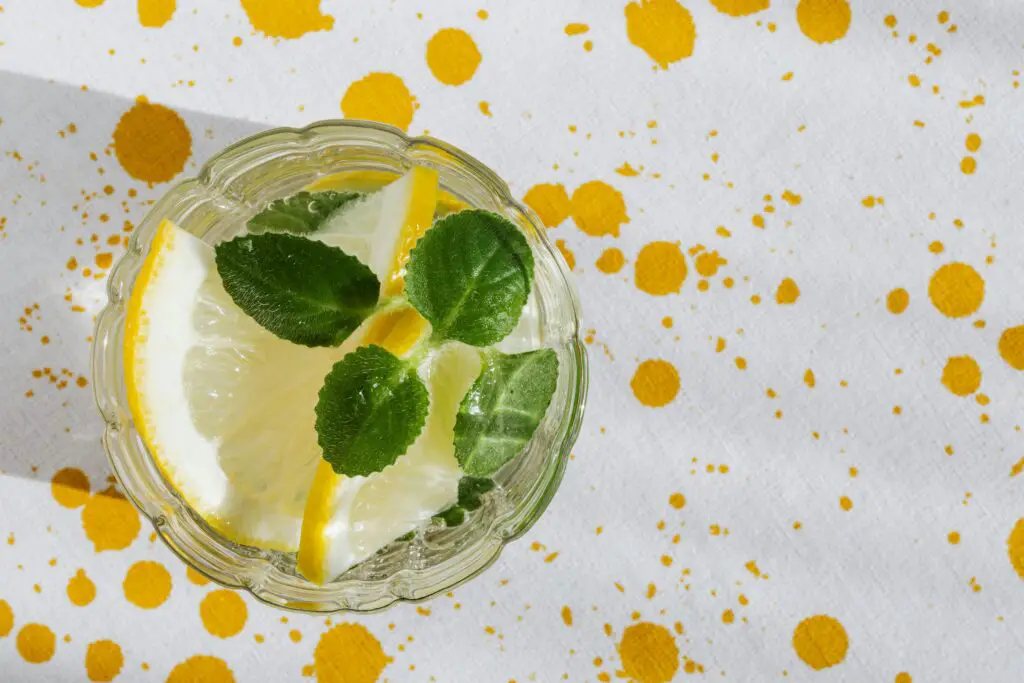
In the U.S., “lemonade” is a sweet, tart drink made from lemons, sugar, and water, typically enjoyed chilled on a hot day. It’s the quintessential summer beverage and something you might make from scratch or buy at the store. However, in the U.K., “lemonade” refers to a fizzy, carbonated drink that’s similar to what Americans would call lemon soda. It’s a refreshing drink but with that added bubble.
So, if you order lemonade in the U.K. and expect the sweet, homemade drink you’re used to, you might be in for a surprise! Instead, you’ll get a bubbly, soda-like version that’s more along the lines of a Sprite or 7-Up but with a lemon flavor.
9. “Pants” – U.S. vs. U.K.

In the U.S., “pants” are what we wear on our legs every day, from jeans to slacks or leggings. They’re part of our everyday wardrobe and considered normal attire for a casual day out. But in the U.K., “pants” refers to what Americans would call “underwear.” So, when a British person says they need to grab their pants, they’re not talking about a new pair of jeans—they mean their undies!
This can be a bit awkward for travelers or anyone trying to blend into local conversations. If you’re in the U.K. and someone talks about pants, just know you’re not about to see their new denim—unless they’re getting changed!
10. “Biscuit” – U.S. vs. U.K.
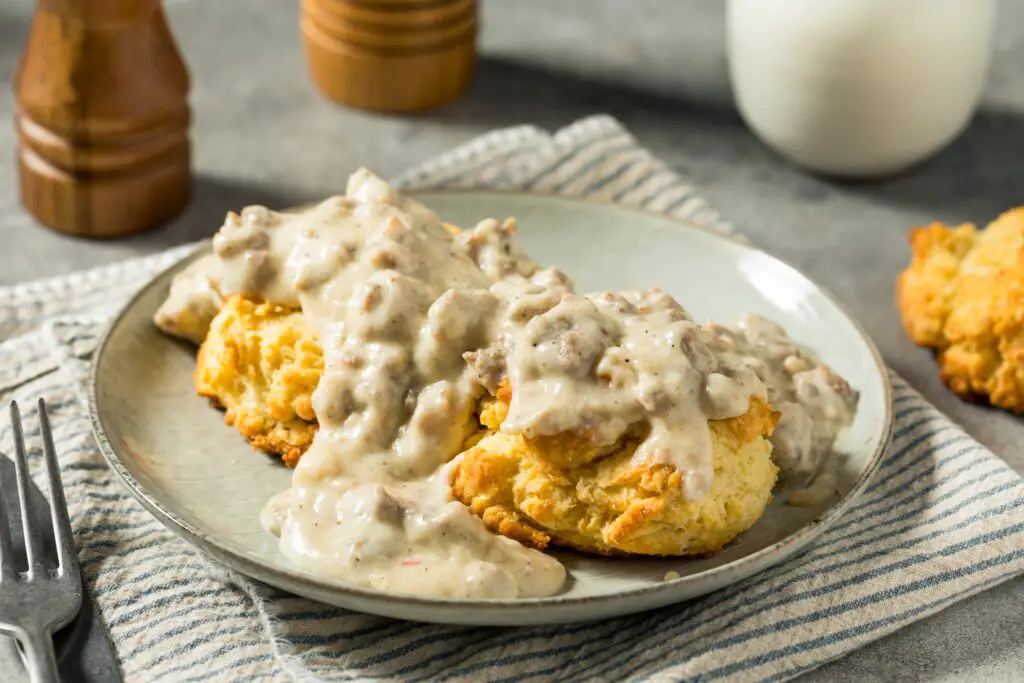
While we’ve covered this already in another item, the difference between the American “biscuit” and the British “biscuit” is so vast, it’s worth mentioning again. In the U.S., biscuits are those fluffy, buttery rounds that are often served with savory meals, like fried chicken and gravy. They’re warm, comforting, and ideal for soaking up sauces. But in the U.K., biscuits are sweet, crunchy cookies, often eaten with tea or coffee.
When you order a “biscuit” in either country, you’ll need to know which version you’re getting based on where you are. In the U.S., it’s a soft bread roll, and in the U.K., it’s a sweet, crunchy treat. It’s easy to get lost in translation!
11. “Curry” – U.S. vs. U.K.
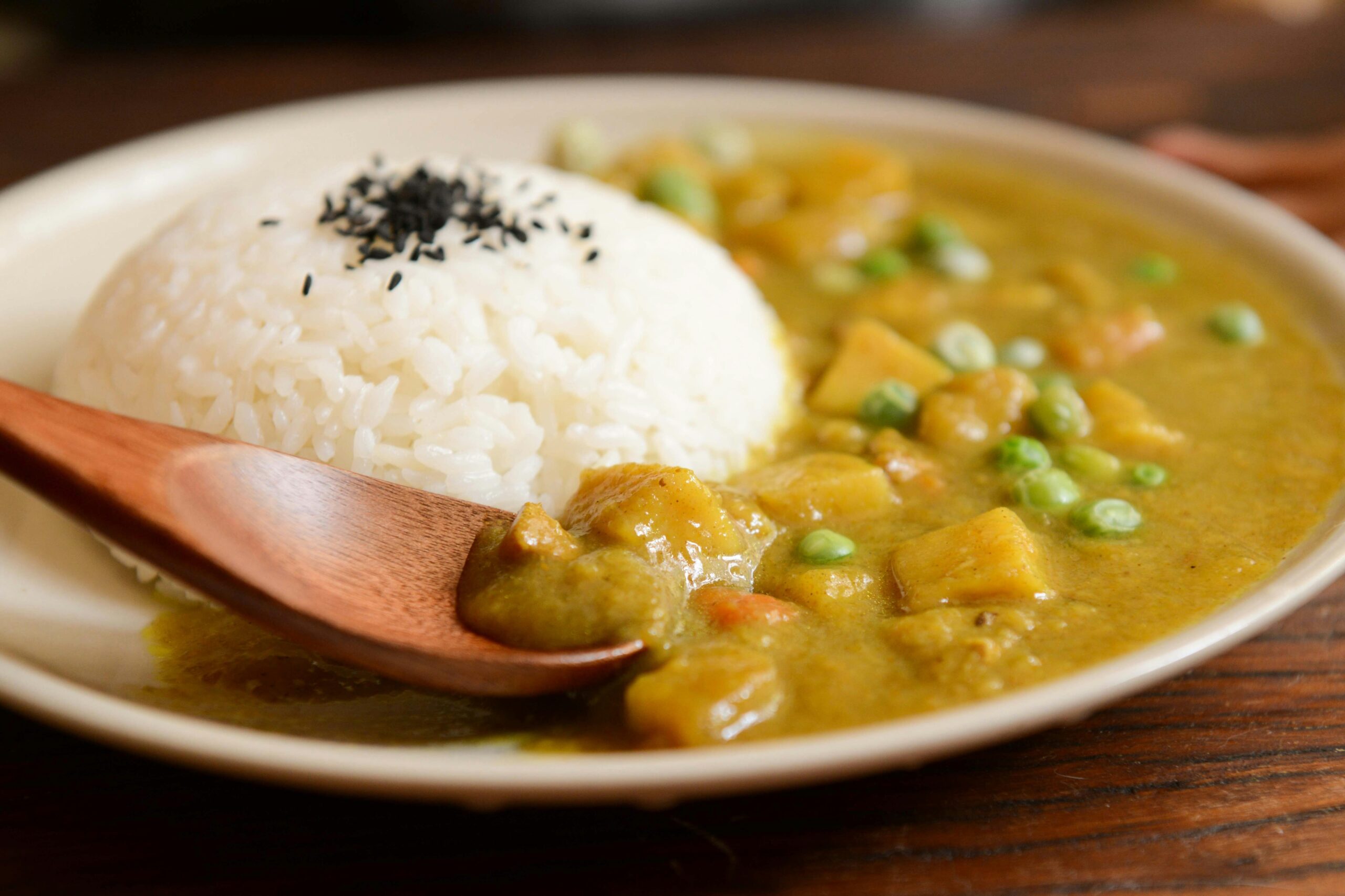
In the U.S., “curry” is typically associated with Indian or Thai cuisine. It’s a rich, spiced dish made with various meats or vegetables, often served with rice or flatbread. But in the U.K., curry is a broad category that also includes the much-loved British takeaway dish, “chicken tikka masala,” which has become a national favorite. The British take on curry has its own distinct flavor profile, often milder and creamier than the original dishes found in India.
If you’re in the U.K., you might be surprised at how a dish like chicken tikka masala has become so beloved. It’s one of those examples of food adapting over time, creating something entirely new and different, yet still rooted in tradition.
12. “Fortune Cookie” – U.S. vs. China
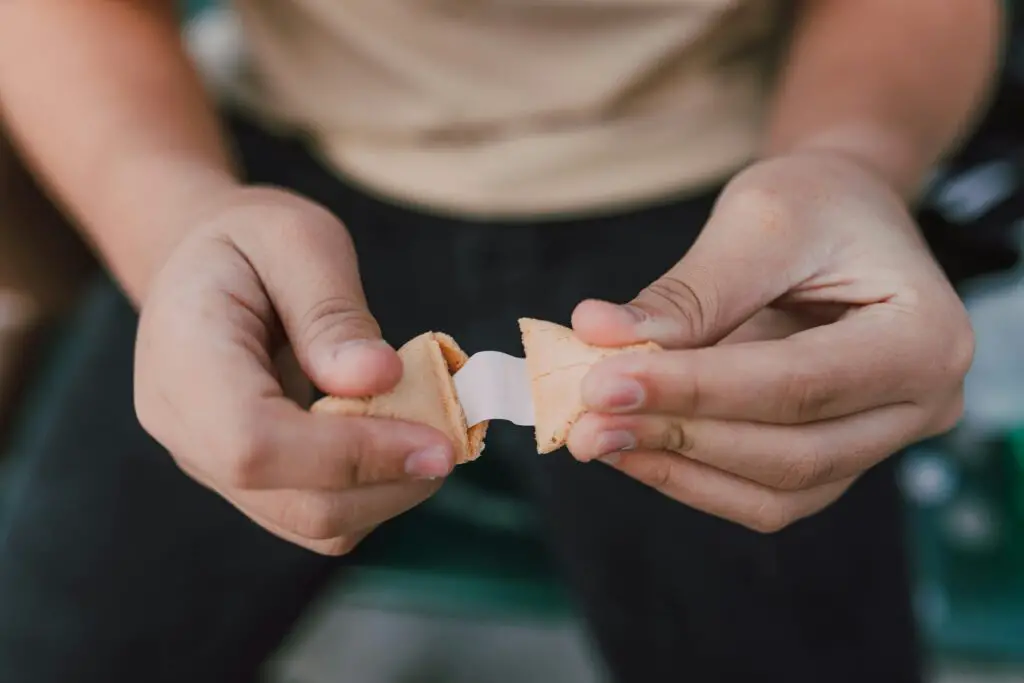
In the U.S., “fortune cookies” are a classic dessert after a Chinese meal, filled with cryptic messages or lucky numbers. They’re fun and part of the experience when you finish a Chinese takeout meal. But in China, fortune cookies aren’t really a thing. In fact, they were invented in California by a Japanese immigrant, making them a uniquely American invention that’s linked to Chinese cuisine.
So, if you’re traveling to China and expecting to crack open a fortune cookie after your meal, you might be out of luck! They’re more of a novelty in the U.S. than an actual part of Chinese culinary tradition.
13. “Coriander” – U.S. vs. U.K.
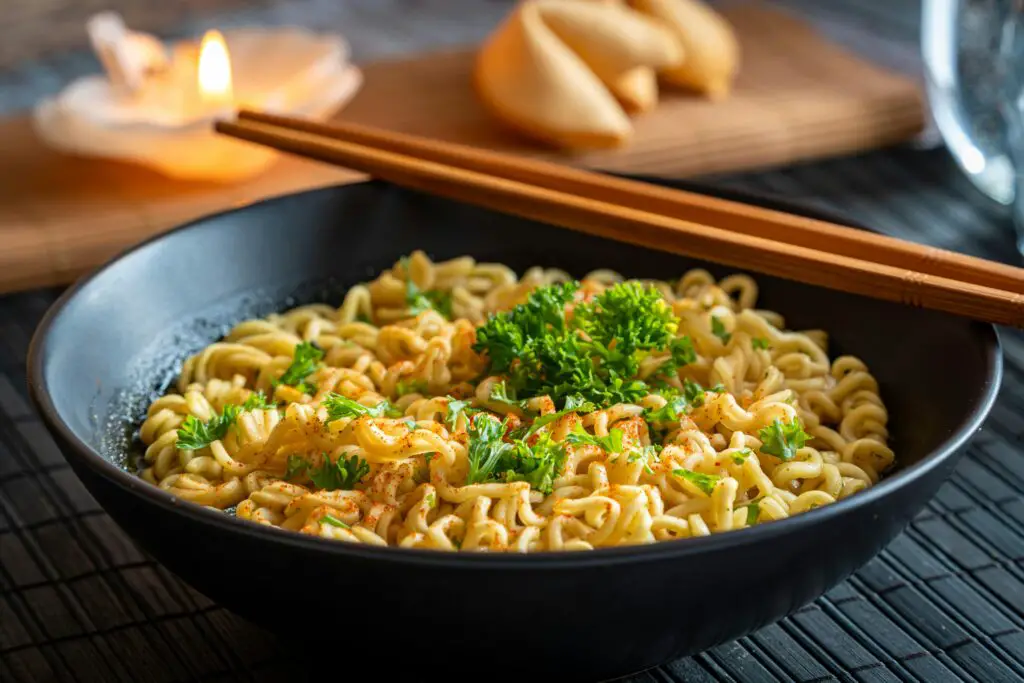
In the U.S., “coriander” refers to the seeds of the plant, which are often used as a spice in cooking, especially in Indian or Middle Eastern dishes. But in the U.K., “coriander” refers to the fresh leaves of the same plant, which Americans usually call “cilantro.” The seeds and leaves come from the same plant but have completely different flavors, which can lead to some confusion.
So, when you’re in the U.K. and you’re cooking with coriander, make sure you know whether they mean the leaves or the seeds. The confusion might make your recipe turn out a little differently than you expected!
14. “Ranch Dressing” – U.S. vs. U.K.
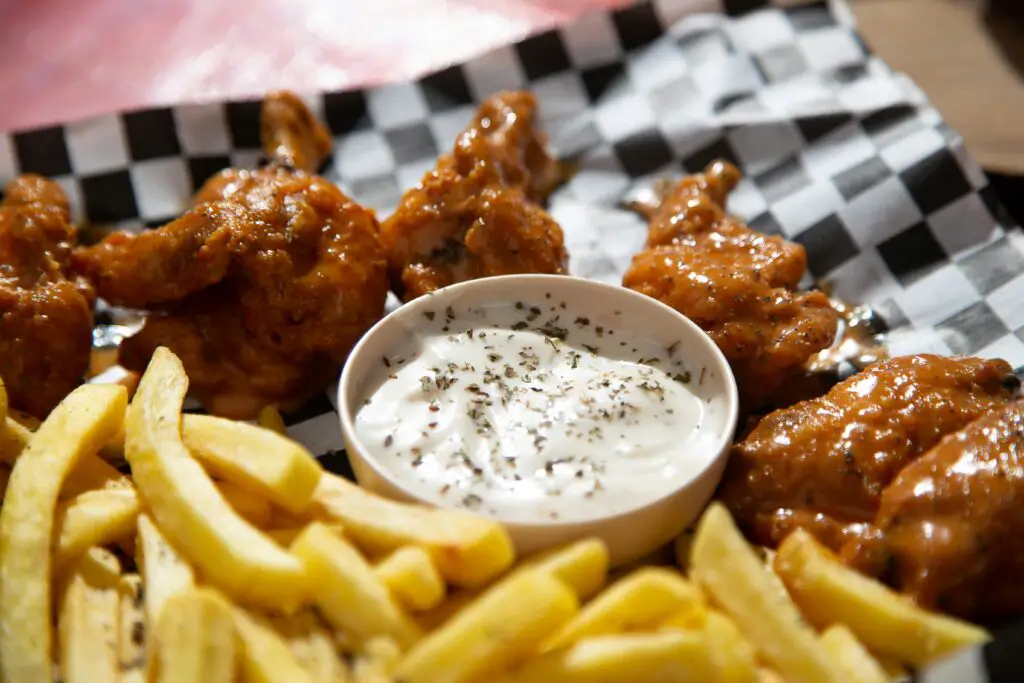
In the U.S., “ranch dressing” is a creamy, tangy sauce often used on salads, as a dipping sauce, or even as a topping for pizza. It’s one of those American staples that you’ll find in almost every fridge. But in the U.K., ranch dressing is much less common. In fact, most people in the U.K. aren’t familiar with it, as they typically use vinaigrettes or mayonnaise-based sauces instead.
If you’re in the U.K. and try to order ranch dressing, don’t be surprised if they look at you funny. It’s a uniquely American flavor that hasn’t quite made its way across the pond in the same way.
15. “Muffin” – U.S. vs. U.K.
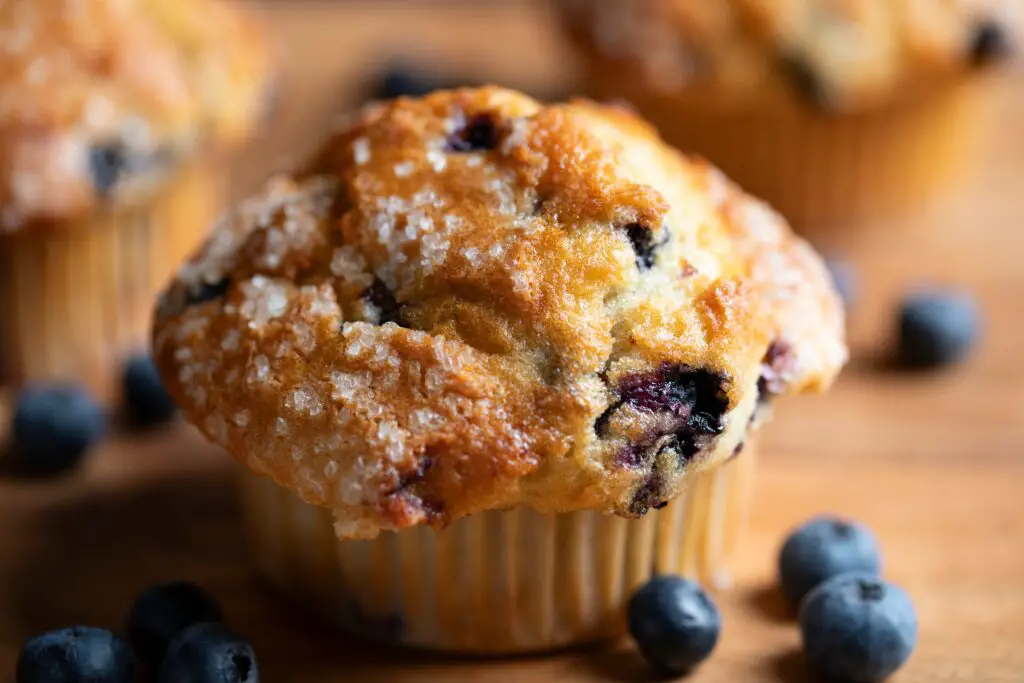
In the U.S., a “muffin” is a sweet, often fruity or chocolaty baked good, perfect for breakfast or a snack. It’s soft, fluffy, and a popular treat at coffee shops. But in the U.K., the word “muffin” refers to something more akin to what Americans call an “English muffin.” These are round, flat, and often split and toasted, usually served with butter, jam, or eggs.
So, if you’re in the U.K. and ask for a muffin, be prepared for a savory breakfast item instead of the sweet, cakey version you’re used to. The difference can be surprising, but it’s just one more fun culinary twist to explore while traveling!
